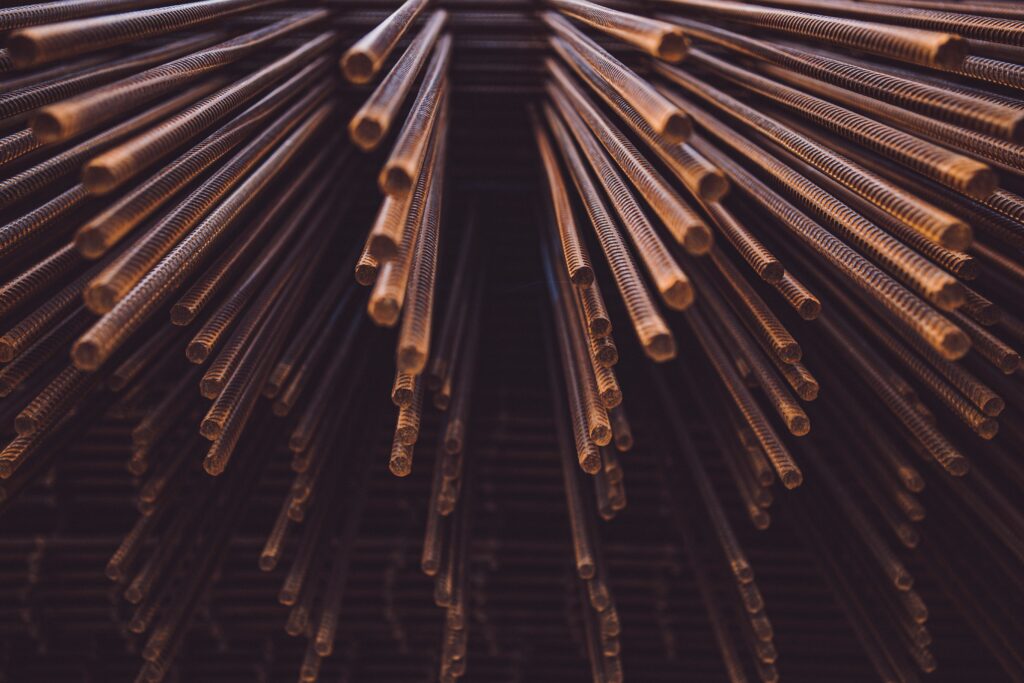The United States imposed 50% tariffs on EU steel and aluminium imports in June.
Importers must now also prove the exact origin of these materials in finished products.
This dual requirement creates heavy costs and administrative hurdles for European industries.
Industry Voices Mounting Concerns
The European Automobile Manufacturers’ Association said tracing metal origins under the “melt and pour” rule is extremely complex.
Suppliers across multiple tiers often lack necessary data, worsening the compliance challenge.
The association noted further complications when single parts fall under several tariff categories.
Although automotive-specific products remain largely outside scope, generic materials vital for cars face direct impact.
Some automakers already report substantial financial losses linked to the tariffs.
Broader Trade Burden on Europe
In August, Washington expanded tariffs to 407 more product categories, including wind turbines, fire extinguishers, and construction materials.
European exporters now face rising costs, pressure, and uncertainty, according to the manufacturing technology group CECIMO.
The EU failed to secure exemptions in its July trade deal with Washington.
Brussels still hopes to negotiate tariff rate quotas to reduce the strain on exporters.
Meanwhile, EU cars entering the US already carry a 15% tariff under the August agreement.


